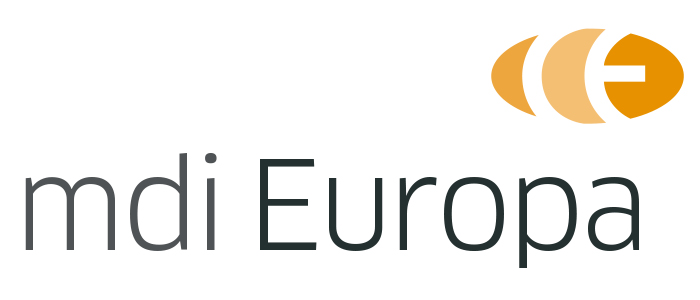In its position paper published earlier this year, TEAM-NB, the European association of notified bodies, warns that delays in designating certification bodies under the EU AI Act risk a shortage by 2 August 2027, when AI-powered medical devices will fall under the AI Act’s high-risk scope Without enough designated bodies, manufacturers may struggle to secure the required conformity assessments and risk missing the deadline.
Designation Authorities and Timelines
By 2 August 2025, each Member State must establish a Designating Authority (DA) to appoint notified bodies. Slow national progress on enacting these laws is stalling DA setup, delaying the entire designation process. TEAM-NB stresses that political indecision now threatens the industry’s compliance capacity in less than two years.
Conformity Assessment Routes
Two routes exist: the full designation under Article 30, which reduces duplicate documentation but is complex and time-consuming, and the extended designation under Article 43(3), which is faster yet equally rigorous. TEAM-NB advocates for the extended route but notes uncertainty about its practical feasibility, potentially delaying bodies’ readiness.
Data and Standards Challenges
Notified bodies must secure access to developers’ training and testing datasets and acquire independent validation data. The anticipated European Health Data Space won’t be operational in time, leaving a data-gap that could hinder AI validation. Furthermore, harmonised AI standards lag behind the Act, forcing bodies to compare systems against the “state of the art”—a far more resource-intensive approach.
Integrated Reporting and Definitions
To avoid duplicating paperwork, TEAM-NB calls for integrated safety reporting between the AI Act and existing medical-device systems. Clear, agreed definitions—especially for terms like “substantial modification”—are essential to manage AI throughout its lifecycle and uphold patient safety and fundamental rights.
Source: Medtech Insight (an Informa product)





